How to Grow a Moon Garden

Moon gardens are created for their healing and relaxing ambiance enjoyed during the evening hours. To create a full sensory experience, the garden should be a combination of plants that emit a sweet aroma, attract nocturnal pollinators (like moths and bats), and illuminate under the night sky. Characteristics of moon gardens include plants that bloom at night, produce white flowers, release heavenly scents, or have silvery foliage.
Moon gardens do best in open areas that have maximum exposure to the night sky. Oftentimes, they are created near a deck, patio, porch, or large window where the sights, sounds, and smells can be easily enjoyed. Incorporating light-colored stone materials or using light clay planters (great for beginners or those with small spaces) accentuates the area. Water features make wonderful additions because of their soothing sound and ability to reflect the moonlight.
Affiliate Disclaimer
This website is supported by its audience and contains affiliate links. An affiliate link means I may earn advertising or referral fees at no extra cost to you if you make a purchase through these links. (read more)
The following list contains a range of enchanting plants perfect for a moon garden, followed by a bloom time cheat sheet and Paul Sédir’s list of botanicals ruled by the moon. There are really no rules in creating a moon garden! If you find yourself overwhelmed by all of the options and don’t know where to start, try Botanical Interest’s Moon Garden Collection.
Night Boomers
MOONFLOWER
Ipomoea alba
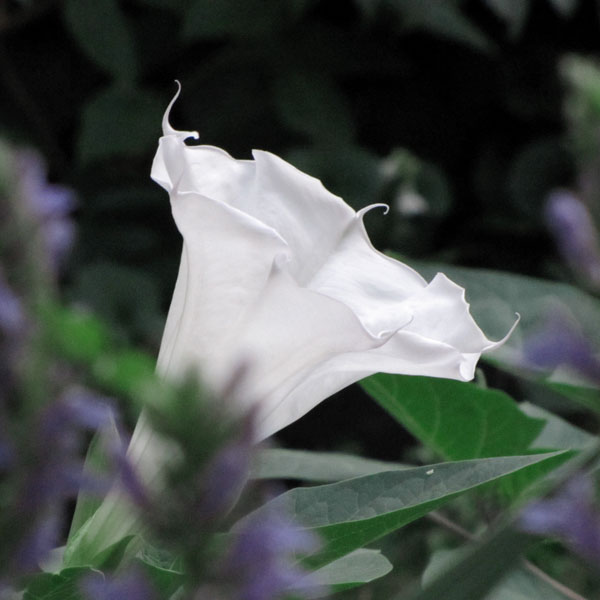
Original Photo via Creative Commons
A symbol of blossoming during dark times, the Moonflower only blooms at night. Like other night blossoming flowers, it relies on creatures of the dark, such as moths and bats, to help with pollination. Caution: All parts of this plant are poisonous if ingested.
Tuberose
Agave amica
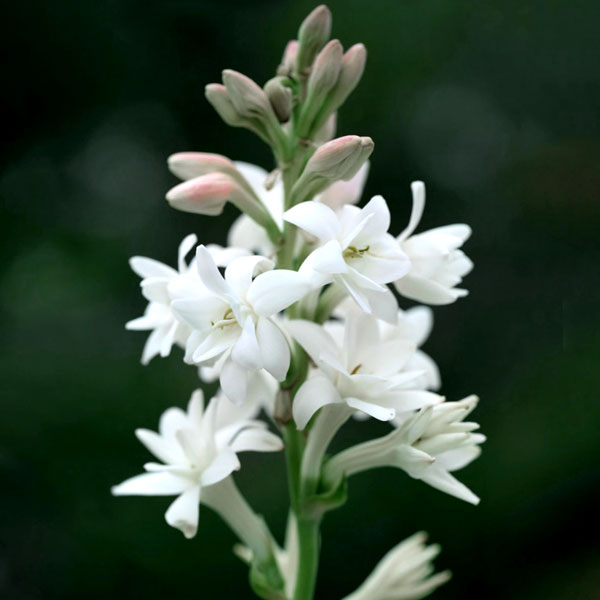
Original Photo via Creative Commons
Native to Mexico, Tuberose is a night bloomer with a heavenly scent. The plant is associated with attraction, lust, and obsession and is primarily used as a perfume ingredient. It’s believed the Aztecs used it to flavor chocolate, but the safety of that traditional use is unverified.
Night Jessamine
Cestrum nocturnum
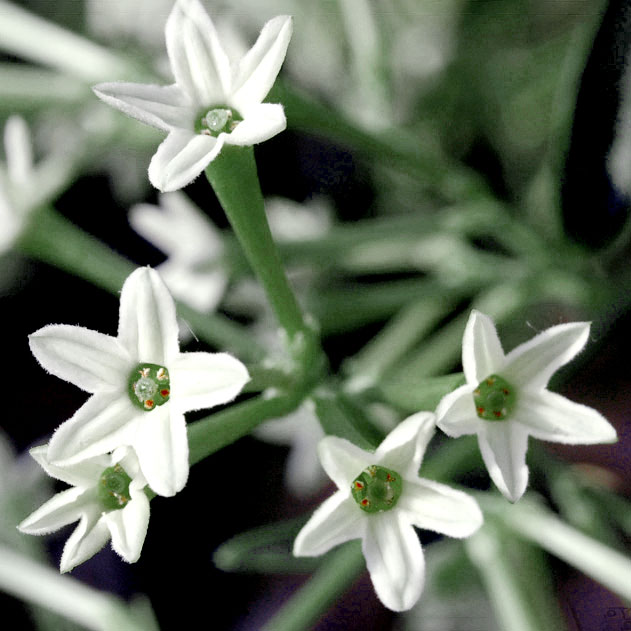
Original Photo via Creative Commons
Night Jessamine, often confused with jasmine but are not related, has several beneficial properties for the mind and body. The flowers were valued for their alluring sweet aroma and were widely used throughout South Asia in perfumery, medicinal applications, and religious ceremonies. Their characteristic scent is produced most prominently from July through October.
EVENING PRIMROSE
Oenothera biennis

Original Photo by Eran Finkle
Evening Primrose is linked to youth, young love, and feminity. It may be a small blossom, but in the past, it was considered a symbol of safety and protection. The Celts believed placing it on their doorstep would attract fairies to bless their home. The perennial grows no more than 10cm high and can flower from December through to May blooming only at night.
White Flowers
SWEET ALYSSUM
Lobularia maritima
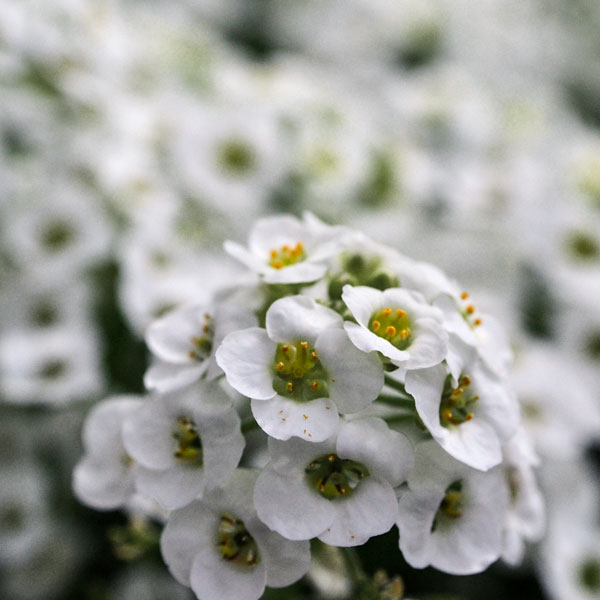
Original Photo by Conall
This low-profile white flowering plant is often used as a border along paths or flower beds. For this reason, Sweet Alyssum is magically associated with protection. It blooms all growing season emitting a gentle fragrance.
Indian Peace Pipe
Nicotiana sylvestris
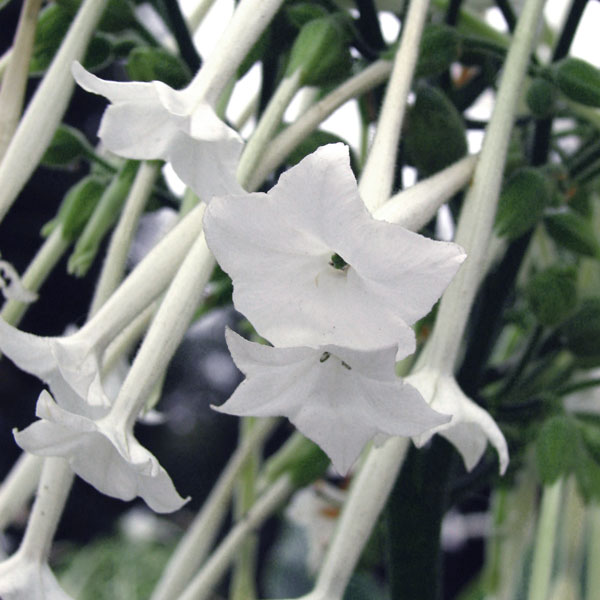
Original Photo via Creative Commons
The Indian Peace Pipe Nicotiana is a tall plant that grows very fragrant flowers from the late afternoon into the evening. They are unusual flower clusters that create a dramatic look in the garden, especially under the moonlight. Attracts pollinators, especially butterflies and hummingbirds!
White African Marigold
Tagetes erecta
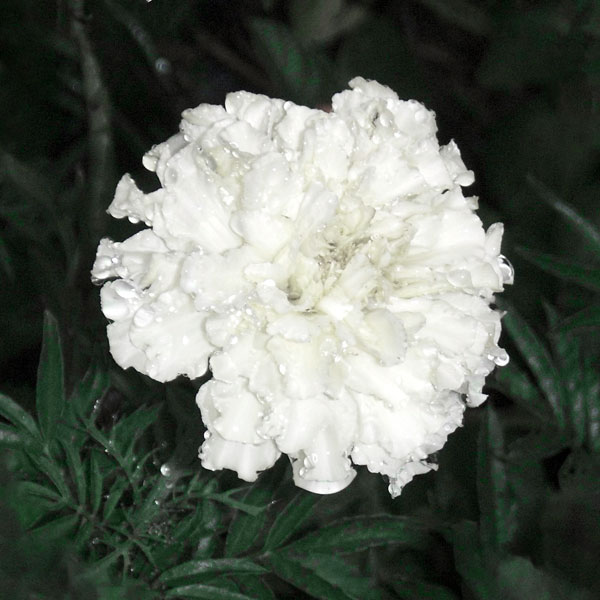
Original Photo via Creative Commons
Marigolds originated in Mexico and Guatemala and were revered for their spiritual significance among the Aztecs. After the Spanish invaded the seeds quickly spread throughout Europe and naturalized along the North African coast. The White African Marigold is from the slopes of Mount Kilimanjaro.
White Lace Orlaya
Orlaya grandiflora

Original Photo via Creative Commons
White Lace Orlaya, also known as “Minoan Lace” because of its origins in Crete, are hardy, elegant, and low-maintenance. They once grew in abundance in vineyards, olive groves, and other dry and warm spots. Their long flowering period lasts from early summer until the first frosts arrive.
White Cosmos
Tagetes erecta
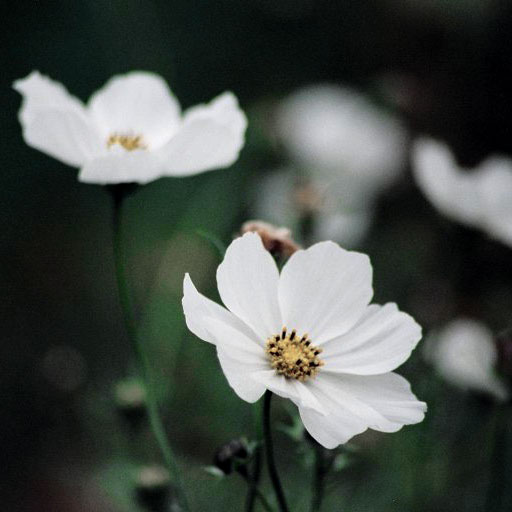
Original Photo via Creative Commons
Cosmos flowers most significantly symbolize order and harmony – hence its name and orderly petals. Cosmos flowers also represent balance, tranquility, peace, love, modesty, innocence, joy, and beauty. Their height makes them a lovely backdrop.
Night Phlox
Zaluzianskya capensis
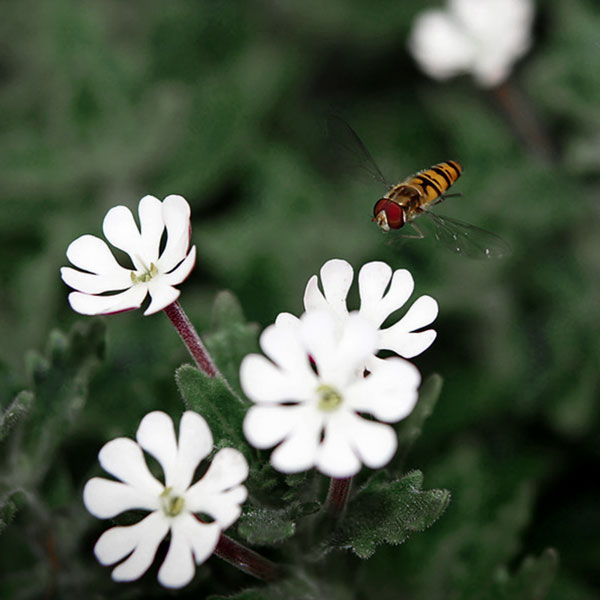
Original Photo via Creative Commons
Native to South Africa, Night Phlox is a dense green carpet during the day. As the sun goes down, burgundy buds unfurl into snowflake pinwheels. The fragrance is delicious, and it lingers, perfuming the entire garden.
Mock Orange Shrub
Philadelphus
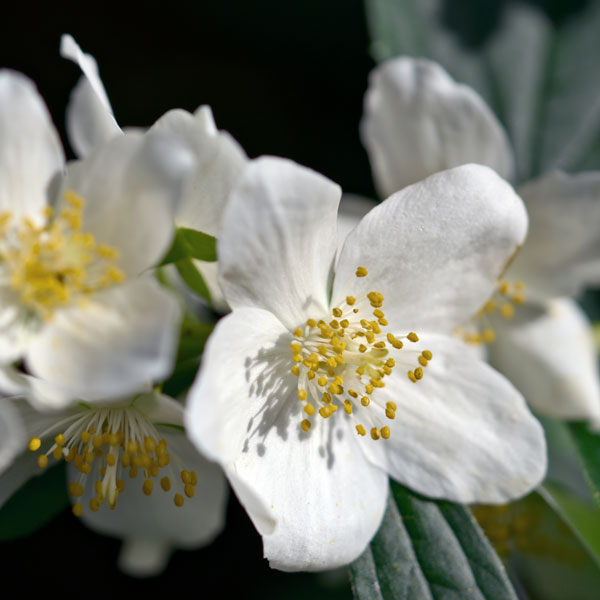
Original Photo by Peter Stenzel
Mock Orange Shrub gets its name because the flower’s scent smells so similar to that of an orange tree in full bloom but more pronounced and a bit sweeter. Flower essences from Mock Orange encourage gentleness and nurturing. It’s used when one is stuck in old emotional patterns often relating to anger, fear, lack of self-esteem, or being inflexible.
White Bleeding Heart
Lamprocapnos spectabilis
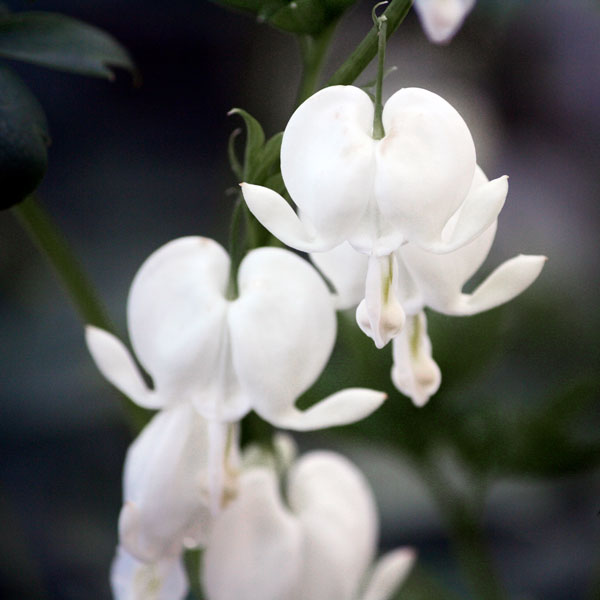
Original Photo by Rachel Torgerson
Native to Asia and North America, the White Bleeding Heart is considered a symbol of purity and innocence. The bleeding heart flower can represent spurned or rejected love. It can also symbolize feeling compassion and love for everything in creation.
‘White Swan’ Coneflower
Echinacea purpurea
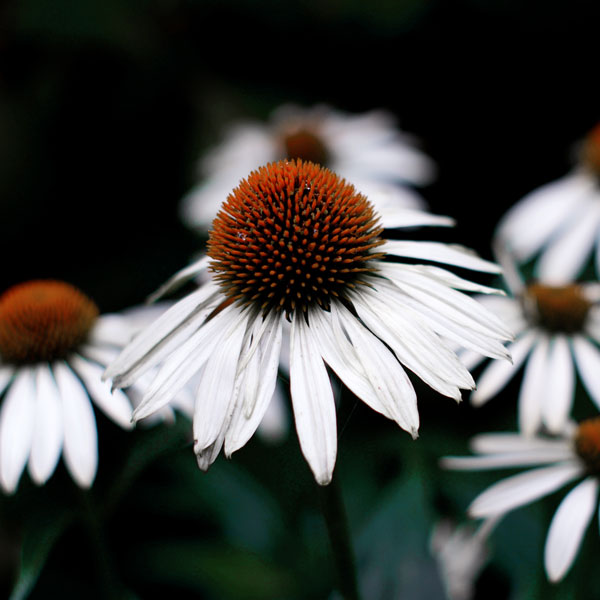
Original Photo by M’s Photography
Native to North America, Echinacea plants are said to be a symbol of strength and health. It’s one of the most popular plants in herbalism today used for a variety of illnesses and conditions like flus and colds. The ‘White Swan’ Coneflower has a sweet honey scent.
Sweet Autumn Clematis
Lamprocapnos spectabilis

Original Photo by Marie Hickman
The Sweet Autumn Clematis, native to Japan, symbolizes the beauty of ingenuity or the trait of artifice. This is likely related to its wonderful and clever ability to climb around places such as walls as well as trellises. During the blooming season, it is covered with dainty, white, star-shaped blossoms that emit a sweet vanilla scent.
Bunny Tail Grass
Lagurus ovatus
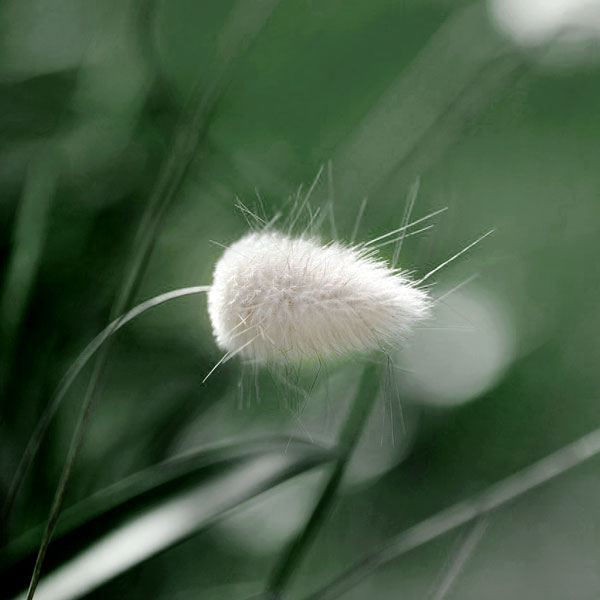
Original Photo via Pixabay
Bunny Tail Grass is a charming easy to grow plant prized for its ornamental use.
Silvery Foliage
Dusty Miller
Jacobaea maritima

Original Photo via Creative Commons
Dusty Miller’s foliage is long-lasting, heat and drought-resistant, and frost-tolerant. It has been recommended in North America for its fire and deer resistance. Although the flower blooms in mid-summer, the small yellow florets are not considered showy.
Silver Sage
Artemisia cana
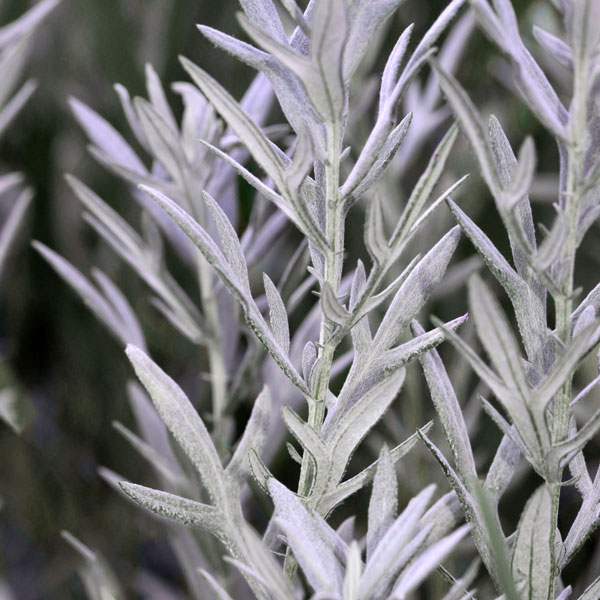
Original Photo via Creative Commons
Silver Sage is native to western and central North America. Although the flowers are scentless, the plant smells like sweet turpentine after it rains. Smudging with Artemisia plants is an ecological alternative to overharvested sage.
Lamb’s Ears
Stachys byzantina
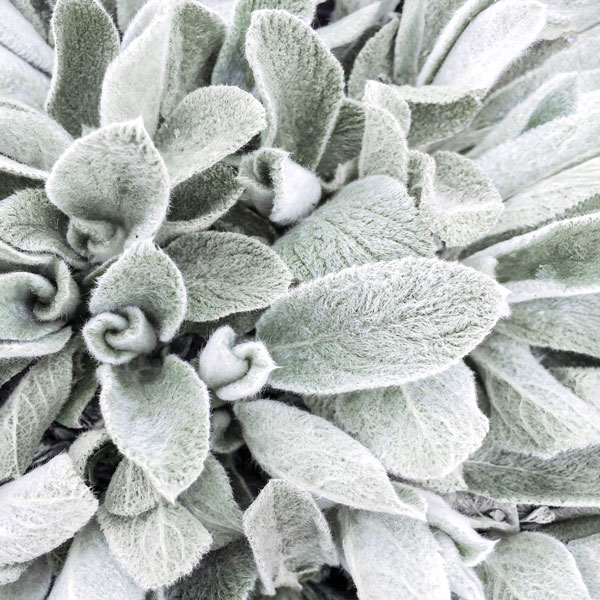
Original Photo via Creative Commons
Lamb’s Ear is sometimes called Silver Carpet because of its silvery appearance in the moonlight. Its deer-resistant velvet-textured leaves stay crisp and look fresh all season. The flowering stems produce pink/lilac flowers over many weeks that attract bees.
Annuals
• Bunny Tail Grass
• Cosmos (hardy zones 9+)
• Indian Peace Pipe (hardy zones 10-11)
• Moonflower (hardy zones 10+)
• Night Jessamine (hardy zones 9-11)
• Night Phlox (hardy zones 9-10)
• Sweet Alyssum (hardy zones 5+)
• Tuberose (hardy zones 7-10)
• White African Marigold
• White Lace Orlaya
Perennials
• Coneflower ‘White Swan’ (hardy zones 3 – 8)
• Evening Primrose (hardy zones 4 – 8)
• Mock Orange Shrub (hardy zones 4 – 8)
• Sweet Autumn Clematis (hardy zones 5 – 9)
• White Bleeding Heart (hardy zones 3 – 9)
Spring Blooming
Summer Blooming
Autumn Blooming
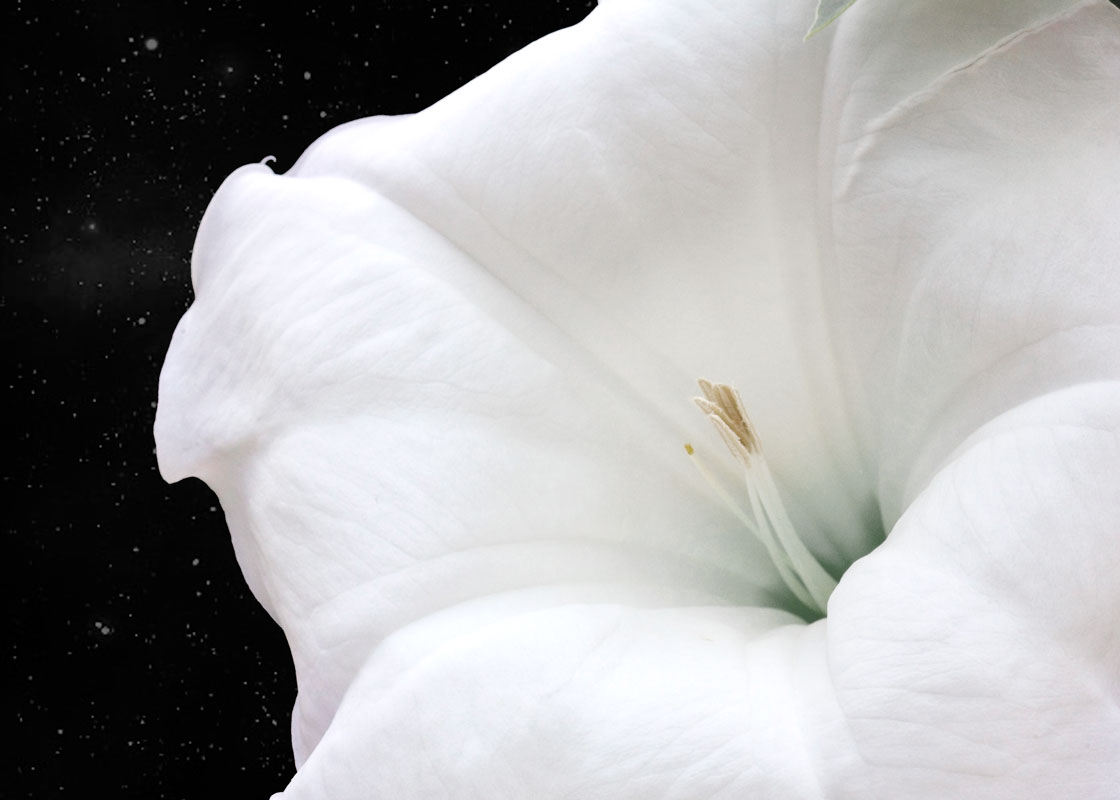
Original Photo by Barbara Eckstein
Lunar Plants
According to Paul Sédir, a French esotericist and notable author, these plants are ruled by the moon and could also be incorporated into a moon garden. This list is from his Concise Guide to Magical Plants. The plants have strong lunar ties to dream-time, mystery, feminity, and/or the element water:
• Poppy, common (Papaver rhoeas)
• Purslane (Portulaca oleracea)
• Rampion (Phyteuma spicatum)
• Reed (Arundo donax)
• Sandalwood, white (Santalum album)
• Tobacco (Nicotiana)
• Turnip (Brassica rapa var. rapa)
• Vetch (Vicia)
• Walnut (Juglans)
• Watercress (Nasturtium officinale)
⊙

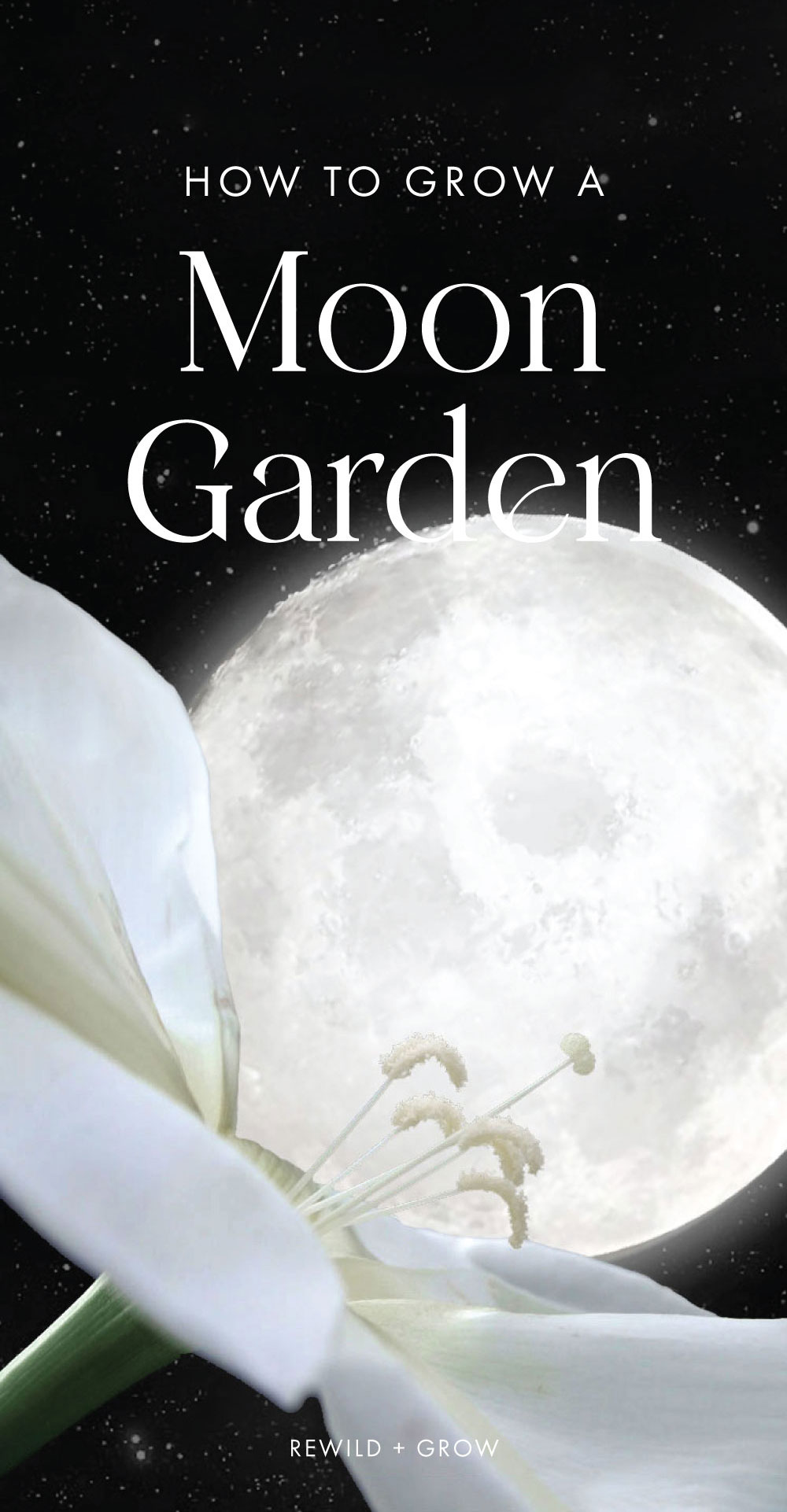

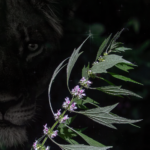
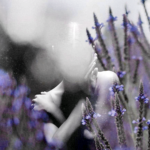
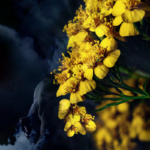

I’ve been reading so many of your articles! I appreciate your attention to detail, the beautiful art, and how you organize all this information. I’ve wanted to create a moon garden for years and this is such a helpful guide